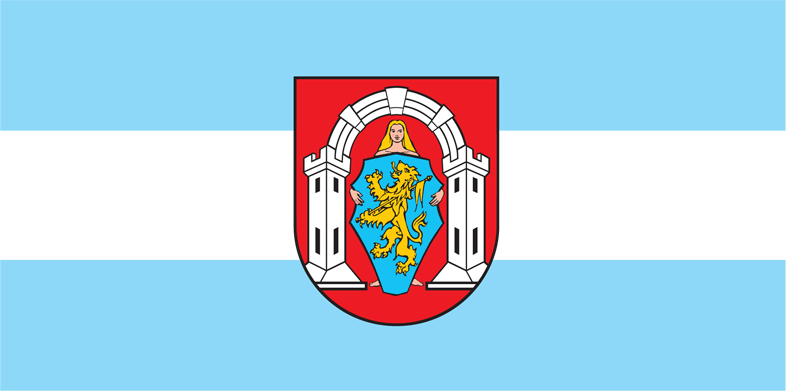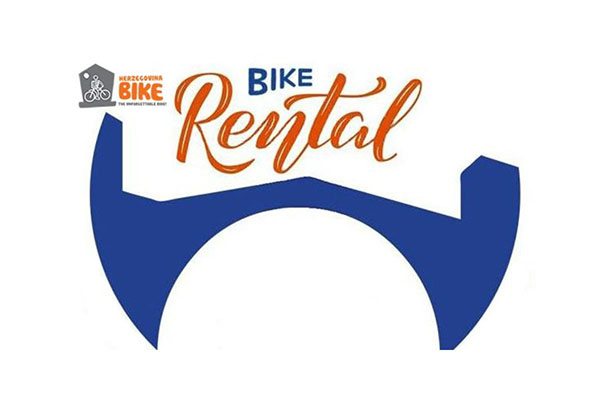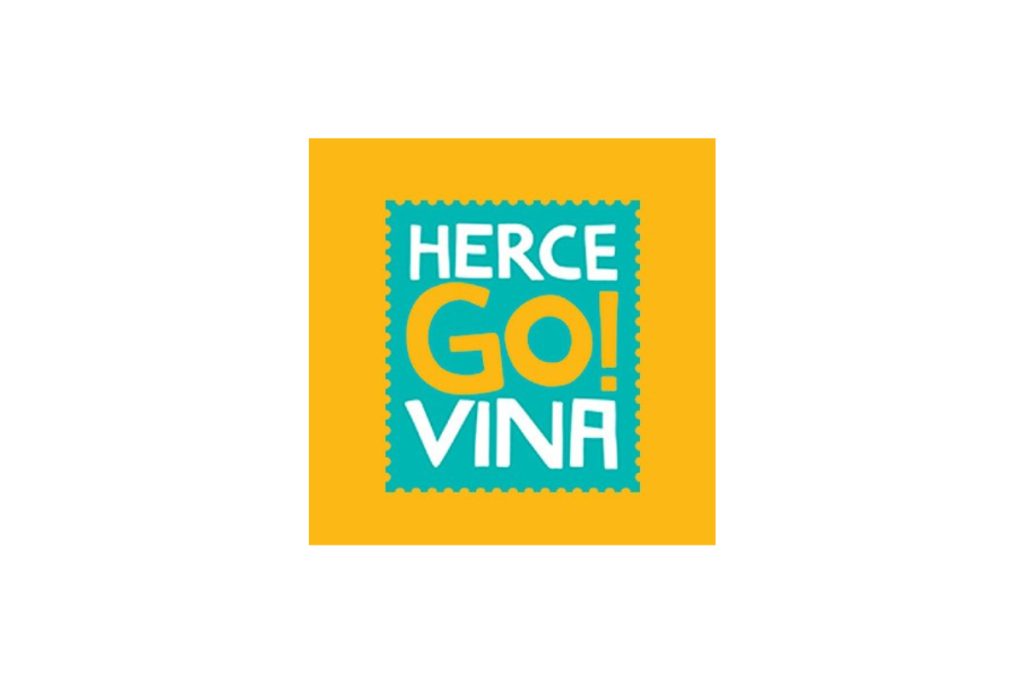History of the city of Vukovar
The population of the Vukovar region can be traced through five thousand years in a continuous sequence through numerous archaeological sites.
Here, the cultures of the Younger Stone Age (Neolithic) of Starčevac, Vinča and Sopot are significant. They were based on a sedentary lifestyle and the construction of permanent dwellings. Polished stone tools are in use, the production of ceramics has been perfected.
Migration movements and the arrival of new ethnic groups of Indo-European origin also introduce new technologies. The period of the Copper Age (Eneolithic) begins with the Baden, Kostolac and Vučedol cultures. New forms of production, burial and belief and more complex social relations between people are emerging. The way the houses were built and cult objects bear witness to the connection with the Mediterranean cultural circle.
The Vučedol culture is particularly significant for the Vukovar region. It got its name from the locality Vučedol, five kilometers from Vukovar downstream on the Danube. The locality was systematically explored, copper processing workshops, characteristic houses (megaron) and beautiful ceramics, which are particularly characterized by white stylized decorations on a black background, were discovered.
In the Vukovar region, there are numerous archaeological sites from the Bronze, Early and Younger Iron Ages, which bear witness to the life of the Illyrians and Celts. The necropolis of Illyrian graves at Lijeva Bara in Vukovar proves that there was also a large settlement here.
In the last decades before Christ, the Romans broke out on the Danube in their conquest campaigns. They built numerous fortifications, as a border ( limes ) towards the barbarian tribes. In the Vukovar area, the Roman sites of Cornacum (Sotin), Cuccium (Ilok) and Ulmo (Tovarnik) are important. An important Roman road also ran along the Danube. Roman civilization in these regions influenced the improvement of the economy, swamps were drained and the first vineyards were planted.
The collapse of the Roman civilization, the great migration of peoples and the Avar-Slavic expansion from the sixth century onwards led to great changes. The confluence of the Danube and the Sava is the scene of great conflicts and interests of the powerful states of that time. At that time, Croats settled here.
The beginnings of today's Vukovar should be sought very early, as confirmed by archaeological data. The exceptional topographical position of the high bank of the Danube at the mouth of the Vuka was an important defensive point. This is the center of the entire region at the time when Prince Pribina, as a Frankish vassal, received a hundred villages along the Vuka River in the middle of the 9th century. In the first half of the 10th century, it was recorded that the Hungarians looted the Vukovo fortress. At Lijeva Bara in Vukovar, a large cemetery with numerous finds belonging to the Bjelobrda culture was explored. The dating of these findings to the 10th or 11th century best confirms that there was a large settlement in the neighborhood. It was the time of the Croatian national rulers, when, especially for the kings Tomislav and Peter Krešimir IV, all the Croatian lands from the Drava to the sea were united.
In the preserved written documents, Vukovar is mentioned as early as the beginning of the 13th century as Volko, Walk, Wolkov, that is, Croatian Vukovo. Since the 14th century, the Polish name Vukovar has been increasingly used. At that time, Croatia was in a legal union with Hungary. Vukovar, as well as neighboring Ilok, were the guardians of Croatian identity in the Danube-Sava interfluve in that period.
The Vukovar fortress was firmly built on the high bank of the Danube. Craftsmen, merchants and peasants lived in the city. Already in 1231, Vukovar was among the first in the Croatian lands to receive the status of a free royal city. The charter of Duke Koloman confirmed the privileges that protected the residents of Vukovar.
At that time, Vukovar was the seat of the large Vukovo County, which stretched between the Danube and Sava rivers. The Vukovar region was then densely populated, there were numerous fortresses and serf villages. From an ecclesiastical point of view, Vukovo County is under the Catholic Archdiocese of Pécs. Several church orders have their monasteries here, the most influential being the Franciscan order.
In the 14th and 15th centuries, the Vukovar region was ruled by numerous noble families. Towards the end of this period, the Iločki were the most influential, when Nikola was declared the titular king of Bosnia and minted his own money. At that time, Ilok was an important settlement and fortress, since 1525 it has had its own city statute and coat of arms.
One hundred and fifty years of Turkish rule brought great changes to the Vukovar region. During their campaign in 1526, under the leadership of Sultan Sulejman the Magnificent, the Turks captured all the forts along the Danube, including Ilok and Vukovar, and then won a great victory on the Mohačko field. Vukovar lost its strategic significance, but remained an important trading and craft center on an important traffic route. It had several city districts, places of worship, baths, lodgings and schools. Towards the end of Turkish rule, it had up to 3,000 inhabitants.
At the same time, Ilok is an important Turkish administrative and military center. It is predominantly inhabited by Muslims.
Then the indigenous Catholic Croatian and Hungarian population suffered heavily, retreated to the forests or were killed. During the Turkish rule, the Franciscans worked here, gathering the Catholic regiment. Orthodox Vlachs come to the deserted area as auxiliary Turkish troops, but they will retreat together with the Turkish army. Vukovar was liberated in 1687 and Ilok in 1688.
About fifty houses remained inhabited in Vukovar. The native and newly settled Croatian population is returning to the devastated region of Vukovar. Orthodox Serbs are settling in some deserted places, who are accepted by the Viennese court due to the need for labor. In the 18th and 19th centuries, a considerable number of Germans, Hungarians, Jews, Ruthenians, Slovaks and Ukrainians settled here. This is how this Croatian area becomes multinational. Croatian lands are now part of the Habsburg Empire. In 1745, Empress Maria Theresa restored the Slavonic counties, which were under the administration of the Croatian Parliament and the Ban, but under pressure from the Hungarians.
Vukovar is the seat of the great Srijem County, which stretched between the Danube and the Sava, in the east as far as Zemun, in the west as far as Osijek, except for the Vojna Krajina area.
Large estates in Slavonia are obtained or bought by feudal lords. Counts Eltz, who are counted among the German nobility, come into possession of the Vukovar manor. In 1736, Filip Karlo Eltz, archbishop of Mainz and German prince elector, bought this huge property with 35 inhabited places. During the following centuries, land areas were reduced by agrarian reforms. The entire development of the Vukovar region until 1945 was closely linked to the Vukovar manor of the Eltz counts.
At the same time, the Ilok manor is held by the Odescalchi princes. In the 18th and 19th centuries, Vukovar had the characteristics of an administrative, economic, traffic and cultural center. Contemporaries consider it the "capital of Srijem".
Already at the beginning of this period, half of the inhabitants of Vukovar are craftsmen and merchants. The population is extremely hard-working, crafts, trade, silk-making, and shipbuilding are flourishing. The goods are shipped to the Danube countries. Numerous guild organizations were founded early on to protect craftsmen. Vukovar is the center of trade for the whole of western Srijem.
The Vukovar Region has exceptional conditions for agricultural production. Even at the end of the 19th century, almost 80% of the population lived from agriculture. The estate of the Counts of Eltz improves production, which also affects small rural farms. In addition to basic grain production, viticulture is an important branch of the economy. Quality wines from Vukovar and Ilok have been recognized at world economic exhibitions. The best dairy breeds are introduced to cattle breeding, and the famous horse studs are also here, known on a world scale.
Since 1840, Vukovar has been involved in permanent steamship traffic on the Danube. It has been connected to railway traffic since 1878. The port of Vukovar is the largest transshipment port in the Croatian regions. As in other Croatian, especially Slavonian regions, industry in Vukovar developed slowly. Steam engines were used more intensively in the second half of the 19th century, more in agriculture than in industry. The slow development of the industry is affected by the lack of capital. the savings bank in Vukovar was founded in 1861. The first large industrial enterprise of Vukovarska kudjeljara started operating only in 1905. Vukovar has been receiving electricity from these plants since 1909.
The slow development of industry affects the small increase in the city's population. According to the population census in 1900, 1/4 of the population of the Vukovar district lives in Vukovar. Vukovar then had 10,400 inhabitants, of which by nationality: over 4,000 Croats, 3,500 Germans, about 1,600 Serbs, 950 Hungarians, etc.
Značajniji industrijski objekti osnova su u razdoblju između dva svjetska rata. Tvornica »Bata« u obućarsko-gumarskoj grani proizvodnje osnovana je 1931. godine. U isto vrijeme počinju raditi u Vukovaru značajni pogoni tekstilne industrije.
Industrialization influenced the growth of the city's population, so that according to the 1948 census, Vukovar had over 17,000 inhabitants.
In accordance with its economic and administrative position, Vukovar has developed into an educational, cultural and health center. In Vukovar in the 18th and 19th centuries, people lived in a European way.
In the 18th century, healers were already active in Vukovar, and some Franciscans also engaged in healing. The first qualified doctor has been working since 1763, and the pharmacy was opened in 1791. At the end of the 18th century, the great plague of Sri Lanka reigned here. The first small hospital was opened only in 1857.
Since 1730, Vukovar has had a developed public school system. The public school in Stari Vukovar developed from the Franciscan school. Novi Vukovar has its own school. There were also confessional schools for children of the Orthodox and Jewish faiths, as well as schools in German and Hungarian. the apprentice school was founded in 1886 and the gymnasium in 1891.
A printing house was founded in Vukovar in 1867 and published the first Vukovar newspaper in the German language, "Der Syrmier Bote". Later, several printers worked, and among the numerous newspapers, "Sriemski Hrvat" and "Sriemske novine" stood out, which were published for almost three decades at the turn of the 20th century.
The oldest literary works of this area originate from the pen of the Vukovar and Ilok Franciscans. The most famous writers from this region are Nikola Andrić, Julije Benešić and Antun Gustav Matoš.
Numerous artists worked in Vukovar. The older ones are J.F. Mucke, F.K. Giffinger, and in the 20th century high school professors Dragan Melkus, Dragutin Renarić, Marijan Detoni, and others.
Vukovar has its own Nobel laureate Lavoslav Ruzička. He was born in Vukovar in 1887, and received the Nobel Prize for Chemistry in 1939.
Vukovar had a developed social life modeled on European understandings. Only in the period up to the First World War, about 30 societies were active. Singing, reading, sports and support societies had their own reading rooms, organized concerts and parties. Societies were often organized on a national basis. The first performance in the Croatian language was held in 1821, it was a dramatic work by the guardian of the Franciscan monastery Grga Čevapović. The most influential Croatian society is the "Dunav" singing society. In 1922, the Croatian Home was opened in Vukovar, a meeting point for all cultural events.
In the period between the two world wars, within the framework of the Yugoslav state, the Vukovar area, as well as other Croatian regions, was under distinct Greater Serbian pressure. The Croatian territory was deliberately divided by the territorial divisions into oblasts and districts. The composition of the population changed due to the interventions of the Yugoslav government. The areas obtained through the agrarian reform are distributed to Thessaloniki volunteers and to the general population from Serbian regions. Even employment in factories was skillfully used to change the Croatian significance of the Vukovar region.
At the beginning of this period, there was a very strong labor movement in Vukovar, which found its foothold in the unresolved social and national issue in the then Yugoslav state.
Despite all the pressures of the Great Serbian politics of that time, a strong Croatian national consciousness was preserved in Vukovar, and the establishment of the Banovina of Croatia in 1939 was welcomed with relief.
Unfortunately, the tragic events of the Second World War followed. Interethnic conflicts caused earlier are now intensifying in Vukovar as well. The city did not suffer major destruction. The composition of the population changed significantly, especially with the persecution of Jews, Serbs and anti-fascist-oriented Croats and the emigration of Germans before and after the war.
After 1945, in the new Yugoslav state, all of Srijem was separated from the Croatian lands. The Vukovar-Iloč region remained part of Croatia in the administrative sense and formed the municipality of Vukovar.
In accordance with the socialist system, the majority of goods were nationalized and turned into state or later into the so-called public ownership. In the Vukovar area, rapid industrialization is taking place, above the average compared to other parts of Croatia. Unfortunately, the industry is narrowly specialized, unattractive with mass employment of labor force. At the same time, agricultural production is autarchic. In 1990, of the total number of employees in the economy of the Vukovar region, about 60% worked in industry and only 12% in agriculture, in the so-called social sector.
The government in the socialist Yugoslav state hid behind the communist idea and slogan of "brotherhood and unity". In fact, it was a unitary and Greater Serbian rule. All important positions in the economy, politics and administration were mostly held by Serbs. Emphasizing the Croatian idea or going to church brought persecution. The Croatian home in Vukovar was partially demolished and turned into a cultural center to leave its mark. In the Croatian city of Vukovar, Croats were actually second-class residents.











